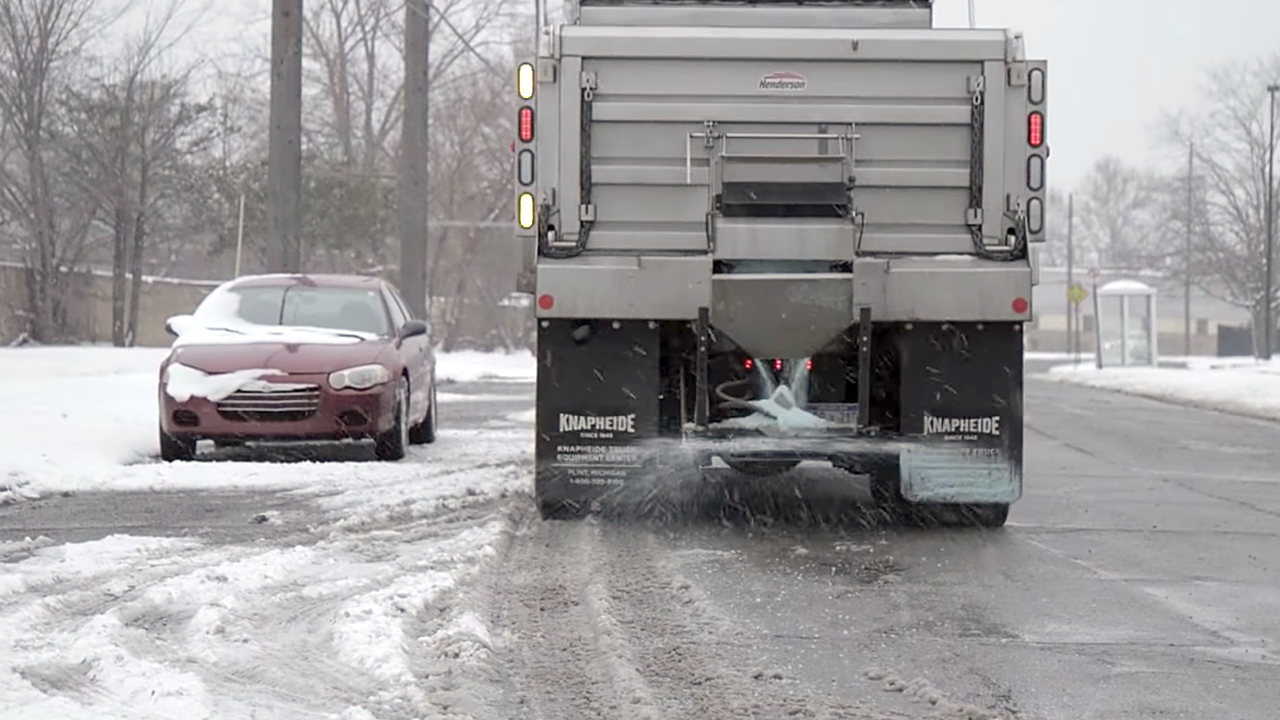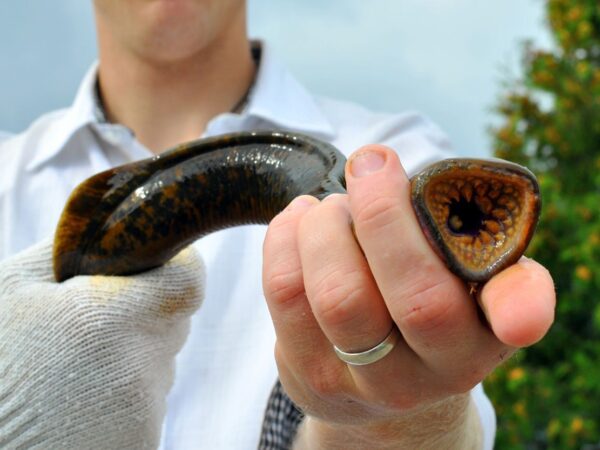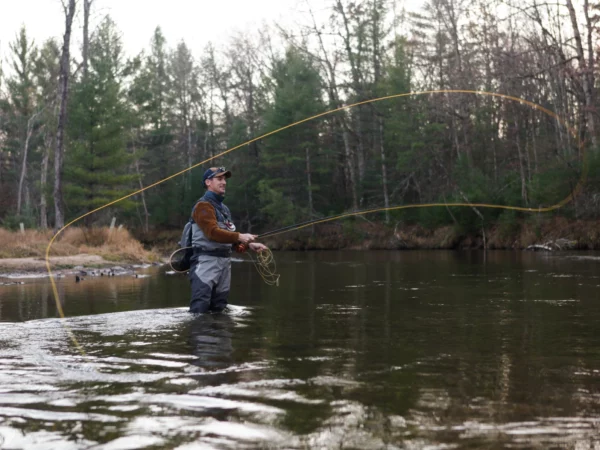
The Great Lakes Bureau examines the long term corrosive effects of road salt on our fresh water ecosystem.
We spoke to Donna Kashian, associate professor of Biological Science at Wayne State University said that, “One of the things I think makes it the most harmful on the environment, is that it dissolves very readily. It’s applied as a solid, mixes with snow that melts, or rains and dissolves. And so that component makes it very mobile, so then it can travel very easily through the sentiment into the waterways, into rivers, streams and lakes, into wetlands and also into ground water.”
“If you change the salinity of the water, it going to affect the aquatic organisms to a great extent; it could be a direct effect on their physiology or by effecting their environment in indirect ways,“ states David Pitts, associate professor of Pharmaceutical Sciences and Co-Director of the Urban Watershed Environmental Research Group at Wayne State University states.
In addition to the potential harm brought to the Great Lakes native species, scientists are discovering that invasive species are more tolerant to salty water, giving them an edge over the native species in the Great Lakes. Also, seasonal spring and summer temperature change flip of lakes is becoming harder with the addition of salt in the water; nutrients from dead and decaying things don’t rise to the surface, and oxygen rich water from the top does not go to the both, damaging the ecosystem.
Because of its economic efficiencies, the de-icing of roads in Michigan is not going to change in the near future; but it is imperative that we find a balance between economics and the long term viability of our Great Lakes.
Produced by Nick Hayes




